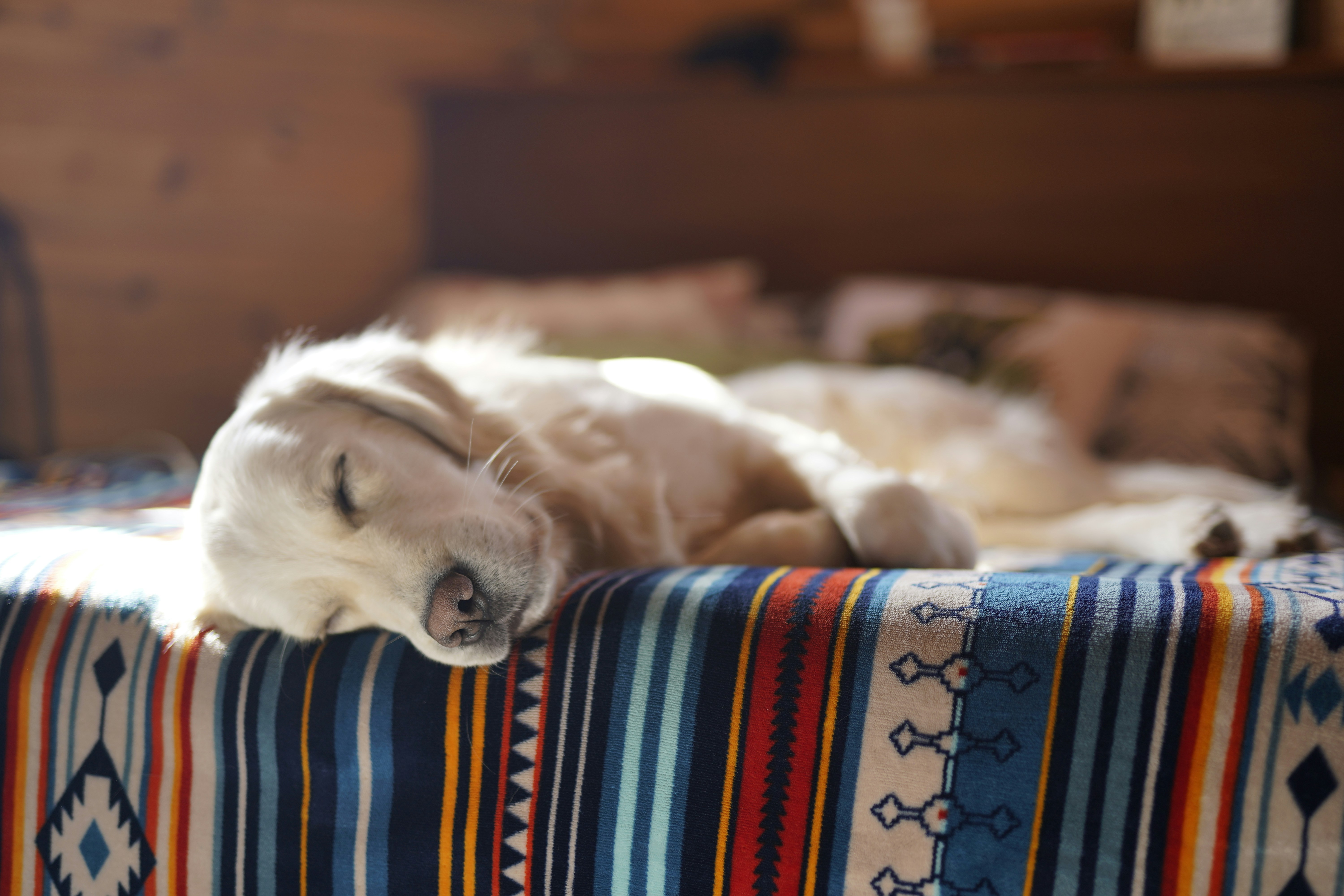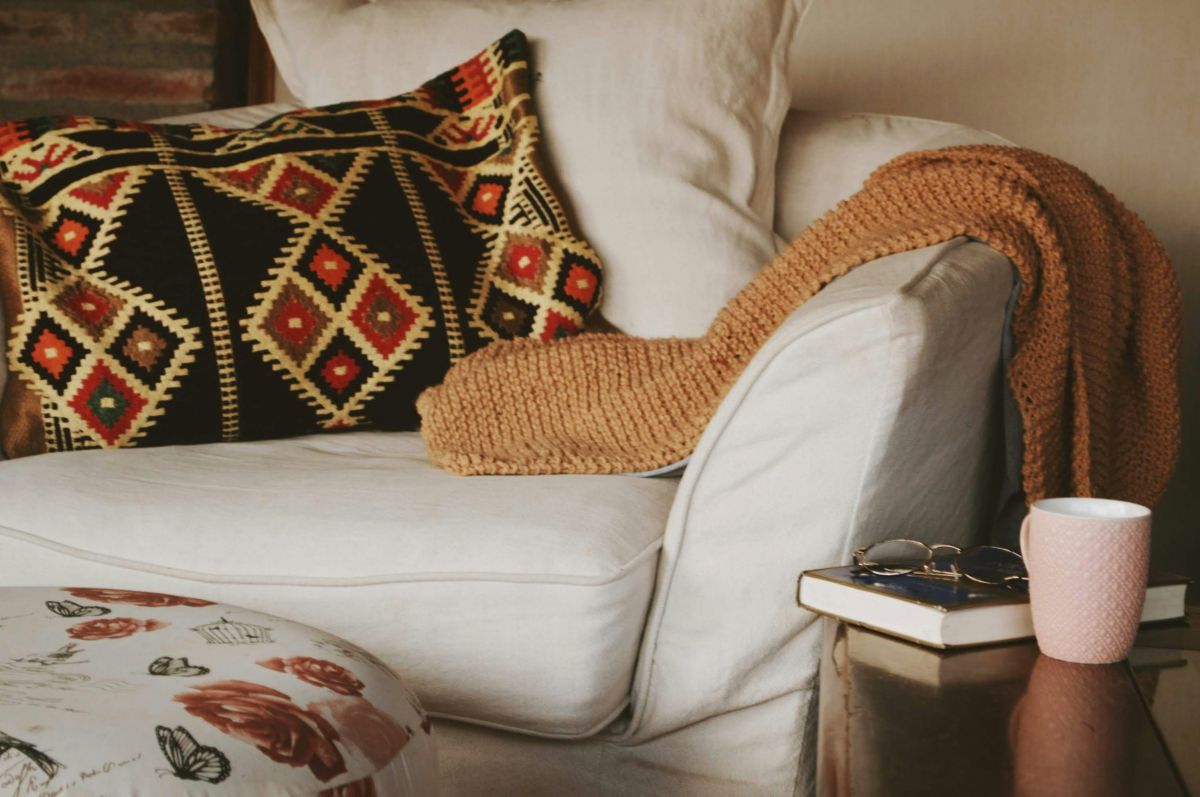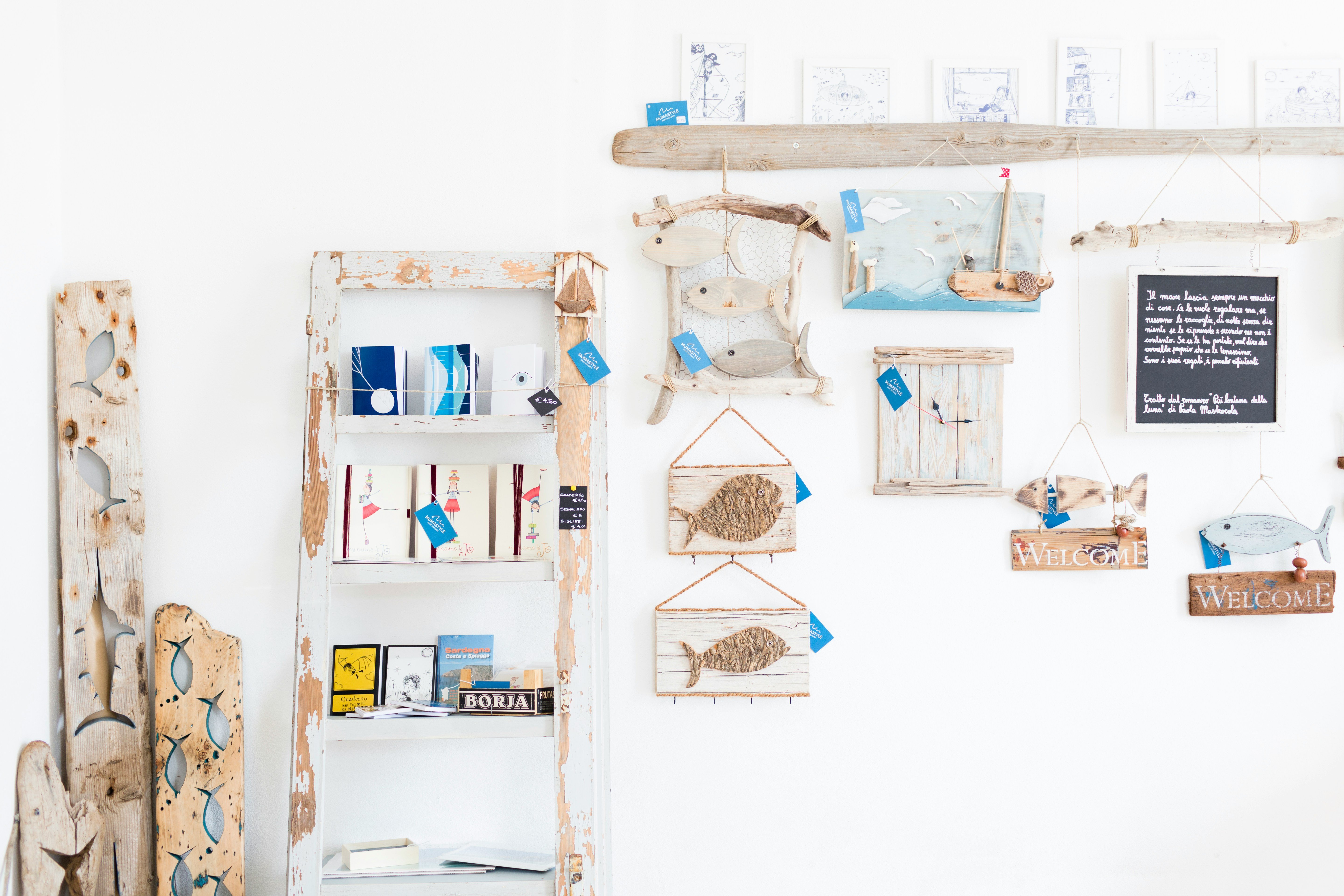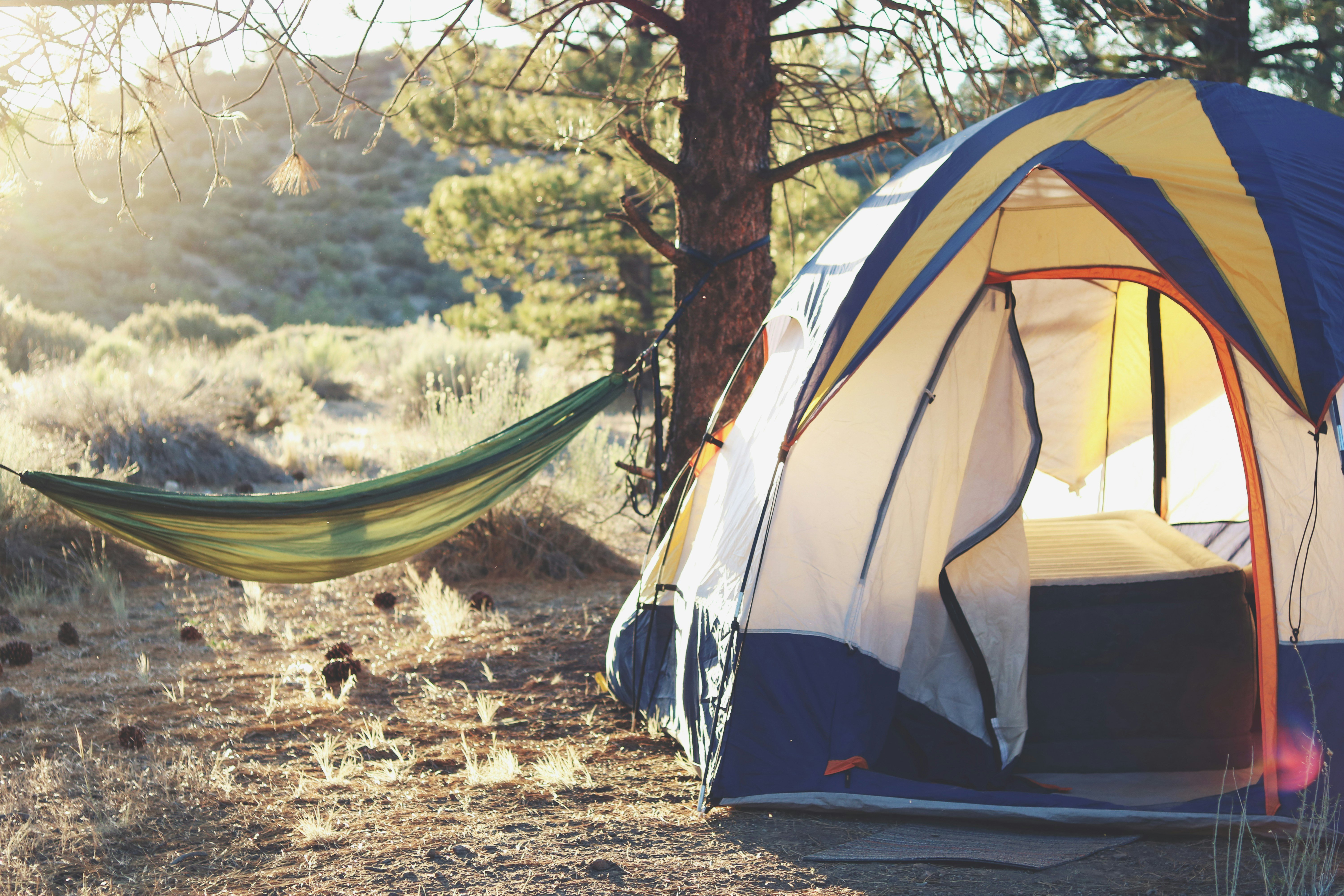All You Need to Know for Choosing the Right Pillow
Surprisingly, according to authoritative survey data, up to 90% of families fail to find the one that really suits them when choosing pillows.

What are the reasons behind this? How can we avoid this mistake and choose the pillow that really suits us?
First, we need to be clear about the importance of pillows. Pillows are not just simple tools used to support our heads, but also a key factor affecting the quality of our sleep. A suitable pillow can fit the curve of our neck, reduce the pressure on the cervical spine, and help us maintain the correct posture during sleep, thereby reducing the various health problems caused by improper sleeping posture.
However, in real life, many families tend to focus only on surface factors such as appearance, material or price when choosing pillows, ignoring their true functionality and comfort. As a result of this blind selection, the pillow often does not match the curve of our neck, thus putting unnecessary pressure on the cervical spine during sleep. In the long run, this stress will not only affect the quality of our sleep, but also may lead to cervical pain, headaches and other health problems.

So why do so many families choose the wrong pillow? There are several main reasons for this:
One is the lack of relevant knowledge. Many people's understanding of the pillow is limited to its appearance and material, and the understanding of its functionality and comfort is little. This makes them often unable to make correct judgments according to their needs and actual situations when choosing pillows.
The second is the pursuit of trends and fashion. In today's society, fashion and trends influence people everywhere. When choosing a pillow, some families are often attracted by its appearance and popular elements, while ignoring its actual functionality and comfort.
Third, is the price factor. For some families, price is an important factor to consider when choosing a pillow. However, a low price does not necessarily mean high-cost performance. Some inexpensive pillows may have defects in material, process and functionality, and long-term use may cause adverse health effects.
In order to avoid choosing the wrong pillow, we can start with the following aspects:
First, know your needs. When choosing a pillow, we need to be clear about our sleeping habits and health status, and choose a pillow that meets our needs. For example, for people with cervical pain, you can choose a memory cotton pillow with support and breathability; For people who are easy to sweat, you can choose a pillow with moisture absorption and sweating function.
Secondly, focus on the functionality and comfort of the pillow. In addition to the appearance and material, we also need to pay attention to the functionality and comfort of the pillow. A suitable pillow should be able to fit the curve of our neck, reduce the pressure on the cervical spine, and have good air permeability and moisture absorption to maintain a dry and comfortable sleep environment.

Finally, choose regular brands and channels to buy. When buying pillows, we should choose regular brands and channels to ensure the reliability of their quality and after-sales service. At the same time, we can also refer to the evaluation and feedback of other consumers to understand the actual use effect of the product.
All in all, choosing the right pillow is crucial to our health. We should avoid blindly pursuing trends and fashion, pay attention to the functionality and comfort of pillows, and choose regular brands and channels to buy. Only in this way can we have a healthy and comfortable sleep environment.

The Curious Case: The Illegality of Putting a 'For Sale' Sign in Your Vehicle
It turns out that in certain jurisdictions, it is considered illegal to display a 'For Sale' sign on your vehicle. In this article, we will delve into the reasons behind this.The Rationale Behind the Ban1. Traffic Safety Concerns: One of the primary arguments put forth by those supporting the ban is the concern for road safety. Supporters contend that 'For Sale' signs on moving vehicles can be distracting to other drivers, potentially leading to accidents or traffic congestion.2. Aesthetics and Community Standards: Some communities have implemented these regulations to maintain aesthetic standards. They argue that multiple vehicles with 'For Sale' signs can clutter the streets, giving a sense of disarray and negatively affecting property values.3. Commercial Zoning Regulations: In certain areas, placing 'For Sale' signs on vehicles is seen as a violation of commercial zoning regulations. These regulations aim to maintain a clear distinction between private and commercial activities, and proponents argue that allowing vehicle sales on public roads blurs this line.Implications and Concerns1. Restriction of Personal Property Rights: Critics argue that prohibiting individuals from advertising the sale of their personal property infringes upon their right to freely engage in private transactions. They contend that as long as the vehicle is legally owned and the sale adheres to relevant laws, individuals should have the right to advertise their intent to sell.2. Impact on Small Businesses and Independent Sellers: The ban can disproportionately affect small businesses and independent sellers who rely on their vehicles to advertise their products or services. For entrepreneurs without a brick-and-mortar location, the truck may serve as their primary means of marketing and attracting potential customers.3. Limiting Consumer Choice: The restriction on 'For Sale' signs can limit consumer choice and make it more difficult for buyers to locate vehicles for sale. Potential buyers may find it challenging to identify available options, resulting in a less efficient and transparent marketplace.

Does Your Coffee Cup Affect the Taste of Your Coffee
This article will explore the potential impact of coffee cups.First of all, the material of the coffee cup is an important consideration. Common coffee mug materials include ceramic, glass and stainless steel. Ceramic cups are the most common choice because they are able to maintain the temperature of the coffee and do not have a noticeable effect on the taste of the coffee. Ceramic is very helpful for maintaining the heat and stability of the coffee, which allows the coffee to maintain the ideal temperature in the cup, making the taste more comfortable. On the other hand, the glass has good transparency, which allows people to appreciate the color and layering of the coffee. However, the glass is less able to retain heat and the coffee may cool more quickly. Stainless steel cups have excellent thermal insulation properties and can keep the temperature of coffee for a long time, but the material of stainless steel may have a certain impact on the taste of coffee.Secondly, the shape of the coffee cup may also have an effect on the taste of the coffee. The shape of the coffee cup can affect the smell, taste and caffeine content of the coffee. For example, a round cup can help the aroma of coffee concentrate better, making it easier to taste the aroma of coffee. For lighter coffee, such as Americano, you can choose a larger caliber cup to better experience the taste of coffee. In addition, the bottom shape of the cup may also have an impact on the taste of the coffee. A cup with a narrower bottom may make the coffee taste more intense, while a cup with a wider bottom may make the coffee taste more balanced.

Tips to Effectively Enhance the Aesthetics and Practicality of Your Bathroom
When it comes to decorating your bathroom, attention to detail is crucial to creatinga functional and aesthetically pleasing environment. In this article, we will explore all about this.Choosing the Right Color SchemeThe color scheme sets the tone for your bathroom and greatly impacts its overall look and feel. Consider the following when selecting a color scheme:1. Wall Colors: Select mitigating and light colors, like delicate neutrals or pastel tones, to make a quiet and welcoming air. Stay away from dull colorsthat can cause the space to feel little and squeezed.2. Accent Colors: Add pops of variety through emphasize components like towels, carpets, and worksof art. These articulations can infuse character into the space and make visual interest.3. Tile Determination: Pick tiles that supplement the general variety conspire. Think about examples, surfaces, and completes that upgrade the style you need to accomplish.Lighting DesignProper lighting is essential in the bathroom to ensure functionality and create the right ambiance. Pay attention to the following aspects of lighting design:1. Natural Light: If possible, maximize natural light by using sheer window coverings or translucent glass. Natural light not only illuminates the space but also creates a sense of openness and freshness.2. Task Lighting: Install adequate task lighting around the mirror and vanity area to ensure proper visibility for grooming tasks, such as applying makeup or shaving. Wall sconces or vanity lights on either side of the mirror are ideal for this purpose.3. Ambient Lighting: Consider installing ambient lighting fixtures, such as recessed ceiling lights or pendant lights, to provide overall illumination and create a relaxing atmosphere.

Practical Tips for Indoor Wall Decoration: A Guide for Clients
Walls provide the canvas for your creativity and set the tone for the entire space. Whether you're looking to create a cozy atmosphere, make a bold statement, or simply add a touch of elegance, the way you decorate your walls can make a huge difference. To help you navigate the world of indoor wall decoration, here are some practical tips and suggestions to consider when selecting the perfect wall decor for your home.Choose the Right Color Scheme: The color of your walls can greatly influence the overall mood and ambiance of a room. Opt for colors that complement the existing furniture and decor in the space. Neutral tones like white, beige, and gray create a clean, versatile backdrop, while bold colors like navy blue, emerald green, or mustard yellow can make a statement and add depth to the room.Incorporate Texture and Dimension: Play with different textures and materials to add depth and interest to your walls. Consider using wallpaper with a unique pattern, textured paint, or adding wall panels for a modern touch. Mix and match different textures to create a visually appealing and dynamic space.Artwork and Wall Decor: Artwork is a great way to showcase your personality and style on your walls. Choose pieces that resonate with you and complement the overall design aesthetic of the room. Mix and match different sizes and types of artwork to create a gallery wall or focal point that serves as a conversation starter.

A Guide to Choosing the Right Camping Gear
However, selecting the right camping gear is crucial to ensuring a comfortable and enjoyable experience in the great outdoors. In this guide, we will explore the essential factors to consider when choosing camping gear, providing valuable insights to help readers make informed decisions and gear up for their next adventure.Functionality and Versatility: The Backbone of Camping GearWhen selecting camping gear, it is essential to prioritize functionality and versatility. Look for multi-purpose equipment that can serve various needs, such as a multi-tool with a knife, screwdriver, and can opener, or a versatile tent that can adapt to different weather conditions. Versatile gear not only saves space and weight but also enhances the overall camping experience by catering to diverse situations.Durability and Quality: Invest in Long-lasting GearInvesting in durable and high-quality camping gear is critical for a successful outdoor experience. Look for gear made from robust materials, reinforced seams, and sturdy construction to withstand the rigors of outdoor use. Quality gear not only ensures longevity but also provides peace of mind in challenging environments, allowing campers to focus on their adventures without worrying about gear malfunctions.Comfort and Ergonomics: Prioritize Personal Well-beingComfort plays a crucial role in determining the overall camping experience. When choosing camping gear, prioritize items that prioritize personal well-being, such as a comfortable sleeping pad, ergonomic backpack, or supportive hiking boots. Additionally, consider factors like adjustable straps, breathable fabrics, and padded support to enhance comfort during extended outdoor excursions.Portability and Weight: Pack Light, Pack RightEfficiently packing and transporting camping gear is essential for maximizing mobility and convenience. Opt for lightweight and compact gear that minimizes bulk and weight without compromising functionality. Additionally, consider collapsible or foldable options, such as portable cookware and compact chairs, to optimize space and ease of transport.
TOP NEWS


.png)

.png)

.png)

.png)

.png)

.png)

.png)

.png)
.png)
Recommended suppliers
Trade Alert
- Delivery New Products To YouTell Us What Are You Looking For?

- Acre/Acres
- Ampere/Amperes
- Bag/Bags
- Barrel/Barrels
- Blade/Blades
- Box/Boxes
- Bushel/Bushels
- Carat/Carats
- Carton/Cartons
- Case/Cases
- Centimeter/Centimeters
- Chain/Chains
- Combo/Combos
- Cubic Centimeter/Cubic Centimeters
- Cubic Foot/Cubic Feet
- Cubic Inch/Cubic Inches
- Cubic Meter/Cubic Meters
- Cubic Yard/Cubic Yards
- Degrees Celsius
- Degrees Fahrenheit
- Dozen/Dozens
- Dram/Drams
- Fluid Ounce/Fluid Ounces
- Foot/Feet
- Forty-Foot Container
- Furlong/Furlongs
- Gallon/Gallons
- Gill/Gills
- Grain/Grains
- Gram/Grams
- Gross
- Hectare/Hectares
- Hertz
- Inch/Inches
- Kiloampere/Kiloamperes
- Kilogram/Kilograms
- Kilohertz
- Kilometer/Kilometers
- Kiloohm/Kiloohms
- Kilovolt/Kilovolts
- Kilowatt/Kilowatts
- Liter/Liters
- Long Ton/Long Tons
- Megahertz
- Meter/Meters
- Metric Ton/Metric Tons
- Mile/Miles
- Milliampere/Milliamperes
- Milligram/Milligrams
- Millihertz
- Milliliter/Milliliters
- Millimeter/Millimeters
- Milliohm/Milliohms
- Millivolt/Millivolts
- Milliwatt/Milliwatts
- Nautical Mile/Nautical Miles
- Ohm/Ohms
- Ounce/Ounces
- Pack/Packs
- Pair/Pairs
- Pallet/Pallets
- Parcel/Parcels
- Perch/Perches
- Piece/Pieces
- Pint/Pints
- Plant/Plants
- Pole/Poles
- Pound/Pounds
- Quart/Quarts
- Quarter/Quarters
- Rod/Rods
- Roll/Rolls
- Set/Sets
- Sheet/Sheets
- Short Ton/Short Tons
- Square Centimeter/Square Centimeters
- Square Foot/Square Feet
- Square Inch/Square Inches
- Square Meter/Square Meters
- Square Mile/Square Miles
- Square Yard/Square Yards
- Stone/Stones
- Strand/Strands
- Ton/Tons
- Tonne/Tonnes
- Tray/Trays
- Twenty-Foot Container
- Unit/Units
- Volt/Volts
- Watt/Watts
- Wp
- Yard/Yards
Select template type:
One Request, Multiple Quotes.









